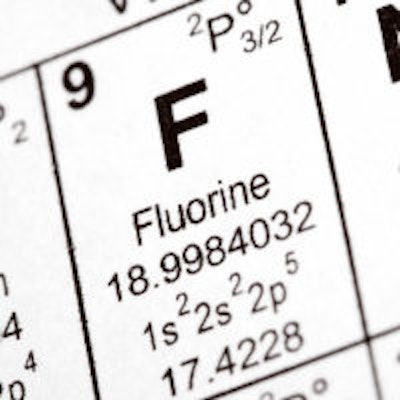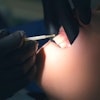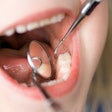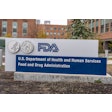
The ADA calls water fluoridation "the single most-effective public-health measure to prevent dental caries," the U.S. Centers for Disease Control and Prevention (CDC) hails it as "one of 10 great public health achievements of the 20th century," and the 2000 Surgeon General's report on oral health stated that "community water fluoridation [is] an effective, safe, and ideal public health measure [that] benefits individuals of all ages and socioeconomic strata."
In the U.S., the debate about fluoride in public water supplies was seemingly settled some time ago. American authorities have held for more than 65 years that fluoridation of community water supplies is a safe and effective strategy for reducing dental caries. Now, however, some groups and individuals are calling for a rethink of this policy. One example is the May 2013 election in Portland, OR, where the citizens voted solidly against fluoridation of their water supply.
The U.S. Environmental Protection Agency (EPA) sets the maximum contaminant level (MCL), or the highest level of fluoride that is allowed in American public water supplies; it currently is 4.0 mg/L. The EPA is currently reviewing available information about fluoride to determine whether to revise the drinking water standards.
A steady accumulation of data shows some possible drawbacks to fluoridation, including the most extensive examination to date of fluoride's toxicity: the 508-page report released in 2006 by members of the National Research Council (NRC), and funded by the EPA, entitled "Fluoride in the Drinking Water. A Scientific Review of EPA's Standards."
One of the NRC report's authors is Hardy Limeback, DDS, PhD, former president of the Canadian Association for Dental Research, and former head of the department of preventive dentistry at the University of Toronto. In a May 2012 email to city officials in Windsor, Ontario, who were considering whether to continue water fluoridation, he wrote:
I have looked at this from all angles and I have to conclude that all fluoridated cities would save money on fluoridation costs, parents would save on costly dental bills treating dental fluorosis, dental decay rates would remain unchanged or even continue to decline (as has been demonstrated in many modern fluoridation cessation studies) and the health of city residents would improve when industrial waste products are no longer added to the drinking water.
Windsor's councilors voted in January 2013 to stop adding fluoride to the water supply.
Even before the decisions in Windsor or Portland, the U.S. Department of Health and Human Services (HHS) announced in January 2011 a proposed optimal fluoridation level recommendation of 0.7 mg/L of water, to replace the current recommendation of 0.7-1.2 mg/L; a final recommendation is expected in early 2014.
The ADA's website has a comprehensive booklet on the benefits of fluoridation, "Fluoridation Facts," that was issued in 2005. ADA media relations staff told DrBicuspid.com that the booklet will not be updated until after the HHS issues its final notice on the optimal fluoridation level for community water fluoridation.



















